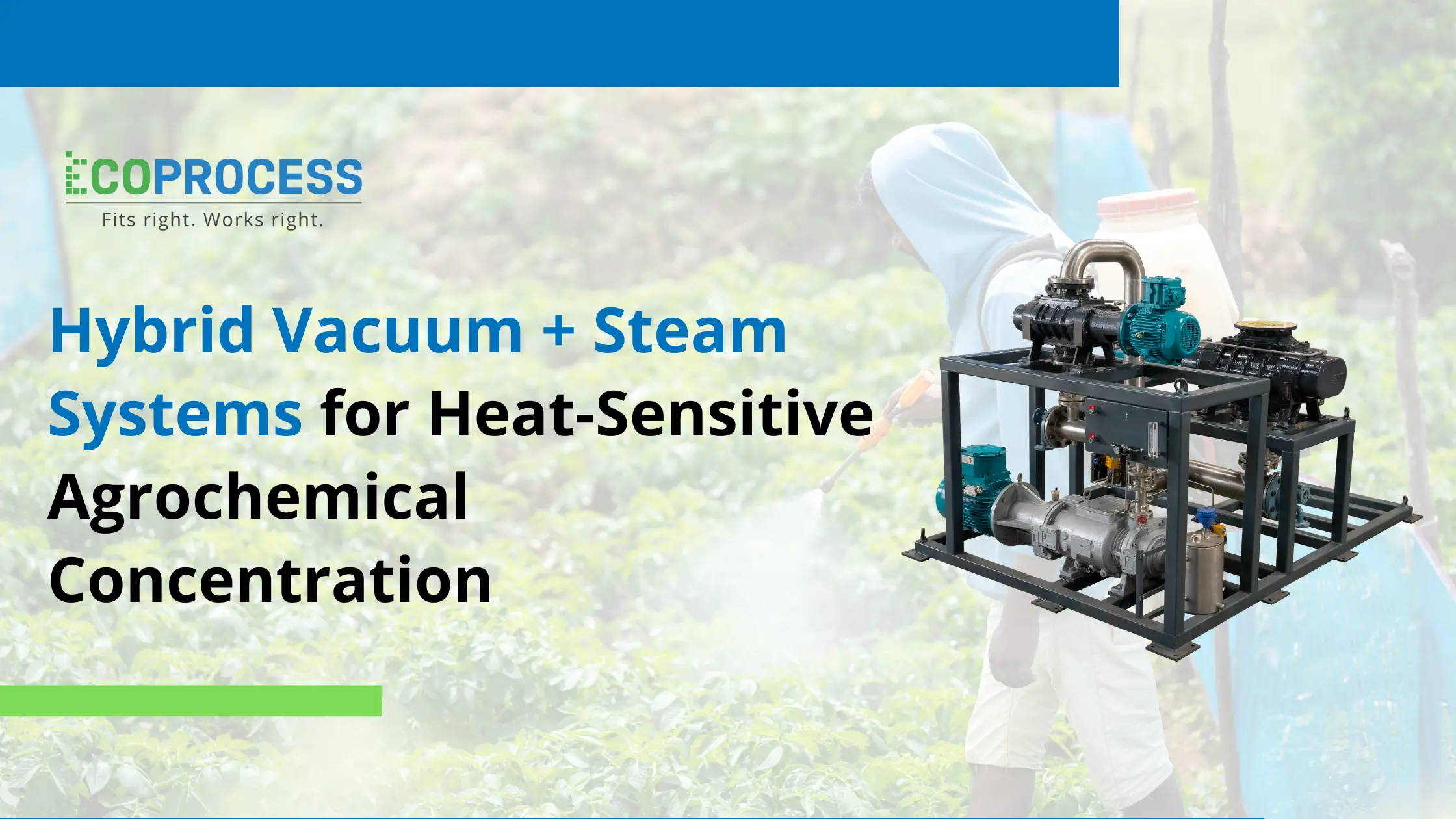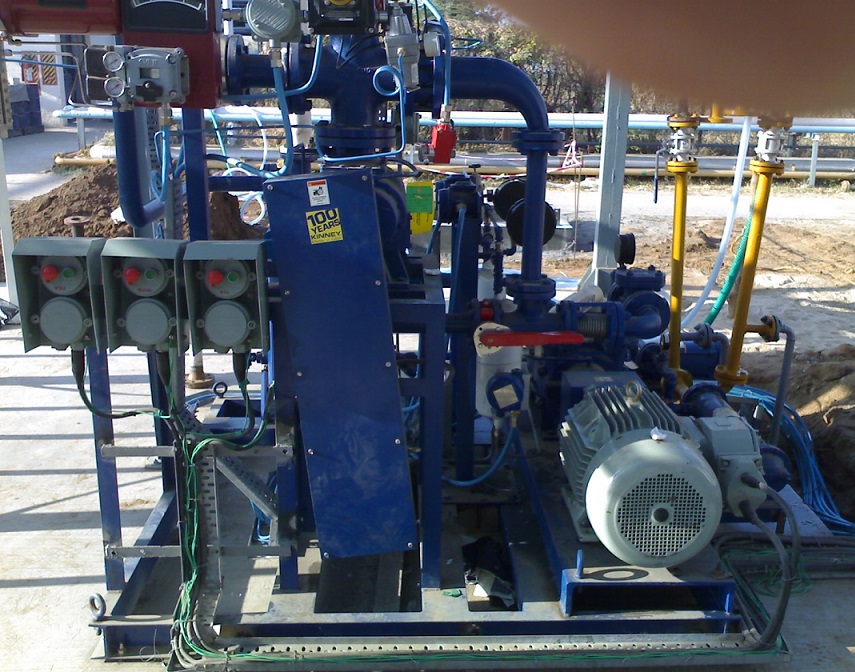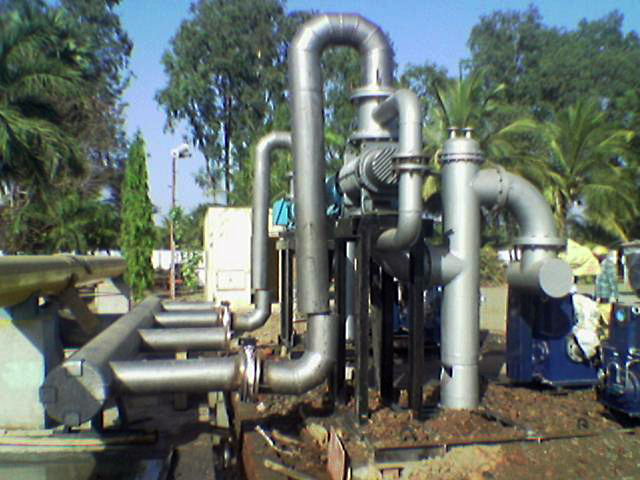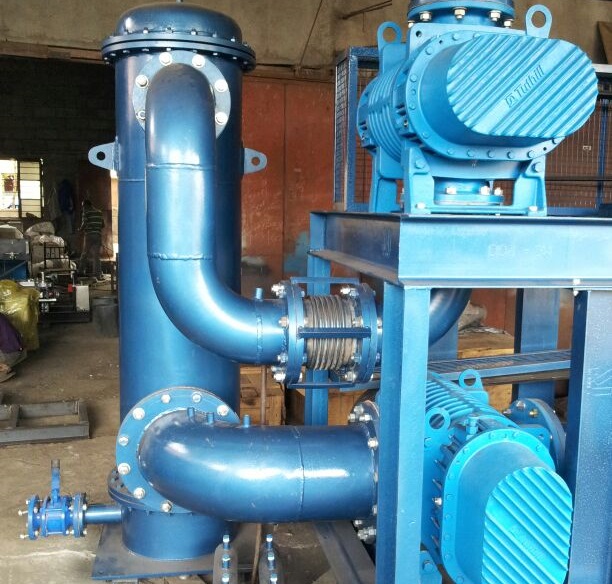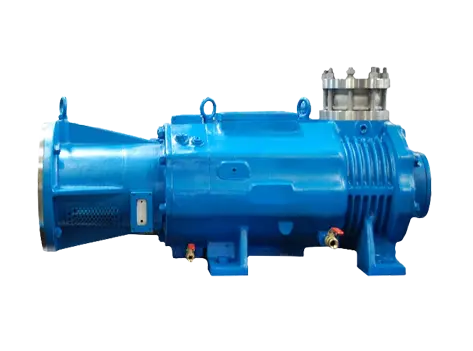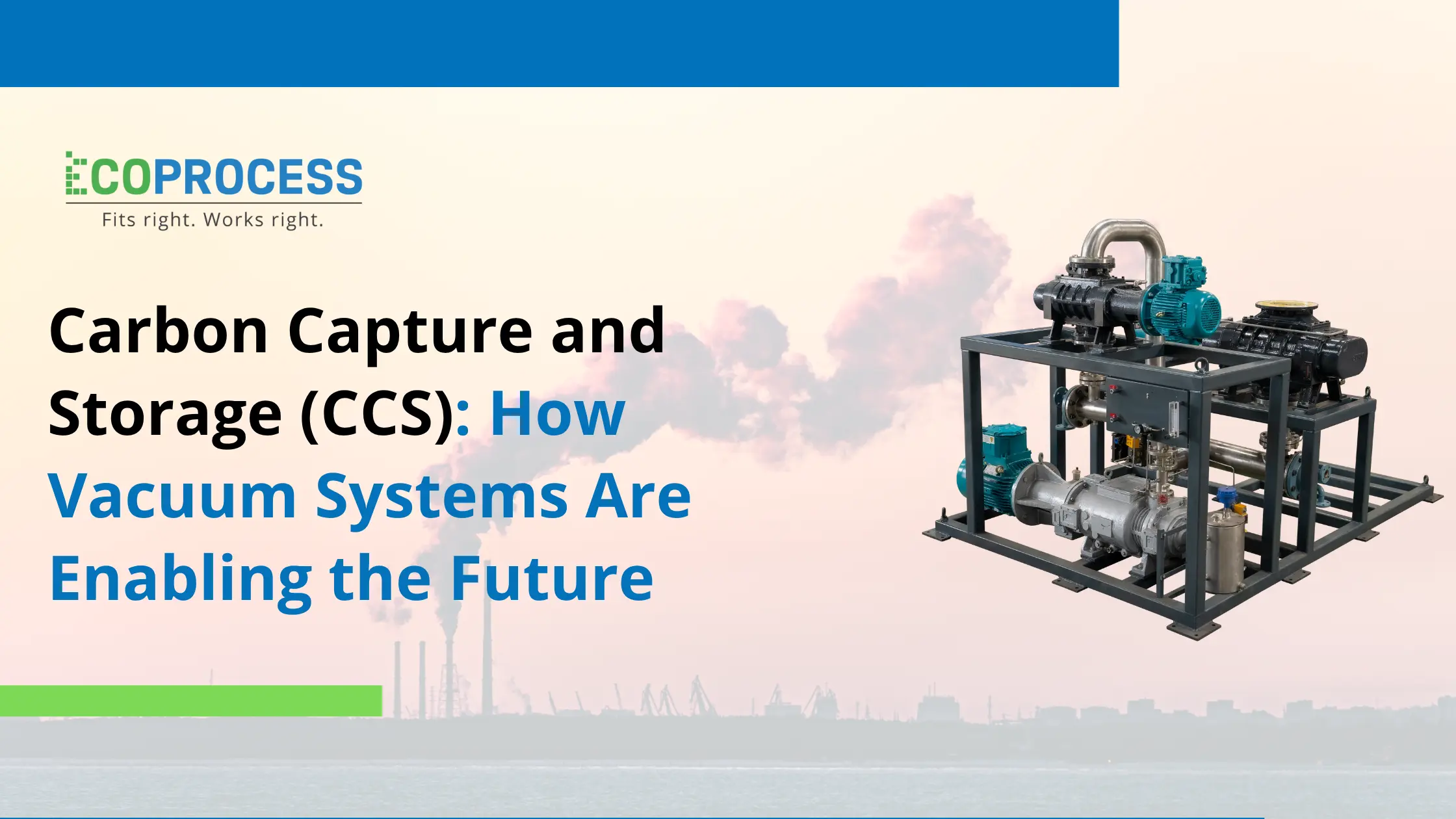
Carbon Capture and Storage (CCS): How Vacuum Systems Are Enabling the Future
As industries worldwide push to cut greenhouse-gas emissions, Carbon Capture and Storage (CCS) has stepped into the spotlight as one of the most practical and scalable decarbonization pathways. Yet, while most discussions focus on CO₂ capture, transport, and storage, there’s another critical player that often goes unnoticed vacuum technology.
Vacuum systems are vital behind the scenes, supporting key steps such as gas separation, solvent regeneration, and purity control. These functions ensure CCS plants operate efficiently, reliably, and at scale.
In this article, we’ll explore what CCS involves, how vacuum systems enhance its performance, and the environmental and operational advantages of integrating advanced vacuum solutions, particularly through innovative systems from Economy.
What is CCS?
Carbon Capture and Storage or sometimes Carbon Capture, Utilisation, and Storage (CCUS) refers to a set of technologies that capture carbon dioxide (CO₂) from industrial sources or even directly from the air. The captured CO₂ is then either reused in other processes or stored permanently underground.
Main capture methods include:
-
Post-combustion capture: Extracting CO₂ from flue gases after fuel combustion.
-
Pre-combustion capture: Removing CO₂ from synthesis gas (syngas) during gasification.
-
Oxy-fuel combustion: Burning fuel in an oxygen-rich environment to produce a concentrated CO₂ stream.
-
Direct Air Capture (DAC): Capturing CO₂ directly from the atmosphere.
Once collected, the CO₂ is typically compressed and transported, often through pipelines for use in enhanced oil recovery, chemical production, or long-term geological storage.
CCS plays a critical role in the path to net-zero emissions, especially for industries where direct electrification or major process changes are not yet practical.
Vacuum Solutions for CCS Plants
Vacuum technology plays a vital role throughout the CCS process, improving efficiency, reducing energy use, and ensuring system reliability. Here’s how it contributes at each stage:
1. Sorbent Regeneration and Desorption
In CO₂ capture systems such as amine absorption or solid-sorbent adsorption, the sorbent must be regenerated after it has captured CO₂. Applying vacuum lowers system pressure and in many cases the sorbent’s boiling point which reduces energy demand and helps preserve the sorbent for reuse.
Example: “By applying vacuum, the boiling point of the amine can be lowered, the amine is preserved and can be reused.”
2. Vacuum Pressure Swing Adsorption (VPSA) and Membrane Separation
In VPSA systems, vacuum pumps reduce the pressure in adsorption beds, allowing CO₂ to be released efficiently from the sorbent. Similarly, in membrane-based systems, a controlled pressure differential often maintained by vacuum on one side enhances selective gas separation.
3. Direct Air Capture (DAC)
Because CO₂ makes up only around 400 ppm of ambient air, DAC systems must process very large air volumes. Vacuum systems assist by drawing air through sorbent materials and later lowering the pressure to help release captured CO₂ from filters or adsorbents.
4. Compression, Purification, and Transport
Once captured, CO₂ must be purified, dehydrated, and prepared for compression or injection. Vacuum pumps support these steps by removing moisture and residual gases, maintaining the low pressures required for high-purity CO₂ streams, and improving downstream efficiency during transport and storage.
5. Energy Efficiency and Process Control
Modern vacuum technologies are engineered for high efficiency and continuous duty, essential for large-scale CCS operations. As one manufacturer explains:
“Vacuum solutions for CCUS enable low-pressure operation for solid-sorbent desorption and chemical-sorbent regeneration with reduced heat input.”
Another notes:
“Our vacuum pumps play a vital role in these technologies by providing the low-pressure environment required for efficient gas separation, compression, and purification.”
For Economy, this represents a clear positioning opportunity to present its vacuum systems not just as auxiliary equipment, but as key enablers of efficient, reliable, and cost-effective CCS performance.
Environmental Impact and Benefits
Integrating high-performance vacuum systems into CCS plants delivers a powerful combination of environmental and operational gains helping operators meet both climate and business objectives.
Environmental Benefits
Reduced energy demand:
Applying vacuum lowers the pressure and temperature at which desorption and separation occur. This reduction directly decreases thermal and electrical energy consumption, making carbon capture more energy-efficient.
Higher CO₂ capture efficiency:
Vacuum-assisted regeneration enhances sorbent recovery and improves gas separation, ensuring more CO₂ is captured with minimal losses, strengthening the overall climate impact of the CCS process.
Enabling negative emissions:
In Direct Air Capture (DAC) systems, vacuum technology makes it technically feasible to extract CO₂ from ambient air. This capability is central to achieving true carbon-negative outcomes in future decarbonization strategies.
Operational and Cost Benefits
Enhanced reliability and uptime:
Modern vacuum systems are engineered for 24/7 operation, with low maintenance requirements and high throughput. This reliability ensures consistent capture performance and minimizes production interruptions.
Lower operating costs:
Because vacuum lowers the energy input needed for CO₂ desorption and regeneration, total operating costs per tonne of CO₂ captured are significantly reduced over the system’s lifecycle.
Scalability and flexibility:
Vacuum technologies can be scaled from pilot setups to full commercial CCS facilities, adapting easily to different capture media and plant configurations as deployment expands.
For Economy, this creates a compelling dual value delivering measurable sustainability benefits alongside economic efficiency. As CCS adoption accelerates globally, vacuum solutions that unite energy savings, process stability, and scalability will define the next generation of carbon-management infrastructure.
Conclusion
In summary, while Carbon Capture and Storage relies on chemistry, materials science, and large-scale infrastructure, a vital component often overlooked is vacuum technology. Across every stage from sorbent regeneration and adsorption–desorption cycles to membrane separation and direct air capture vacuum systems make CO₂ capture more efficient, scalable, and cost-effective.
For equipment suppliers and system integrators such as Economy, highlighting the role of advanced vacuum solutions in CCS directly connects your offering to the global net-zero transition, reinforcing both environmental leadership and operational excellence.
As the pace of decarbonization accelerates, vacuum systems will evolve from supporting components into core enablers of the CCS value chain delivering measurable impact on emissions, sustainability, and total cost performance.
Frequently Asked Questions (FAQs)
1. What is CCS?
Carbon Capture and Storage (CCS) refers to a group of technologies that capture CO₂ from industrial sources or directly from ambient air. The captured CO₂ is then transported for long-term storage or reuse, preventing it from entering the atmosphere and contributing to climate change.
2. Why is vacuum technology critical in CCS?
Vacuum systems create low-pressure environments that lower boiling points, regenerate sorbents efficiently, and support CO₂ separation and purification. They are also vital in large-volume air capture systems such as DAC, helping achieve higher capture efficiency with lower energy demand.
3. Which industries adopt CCS?
CCS is increasingly implemented in power generation, steel and cement manufacturing, chemicals and petrochemicals, biomass energy (BECCS), and emerging direct air capture technologies — wherever large volumes of CO₂ are produced.
4. How does CCS reduce emissions?
By capturing CO₂ that would otherwise be released and storing or reusing it safely, CCS effectively prevents greenhouse gases from entering the atmosphere. Over time, this helps industries align with carbon-reduction targets and global climate goals.
5. What’s the future of CCS and vacuum systems?
Next-generation CCS will focus on scaling direct air capture, integrating capture–utilisation–storage systems, and deploying more efficient materials and automated vacuum systems. These advancements will drive higher reliability, lower energy consumption, and reduced cost per tonne of CO₂ captured.

